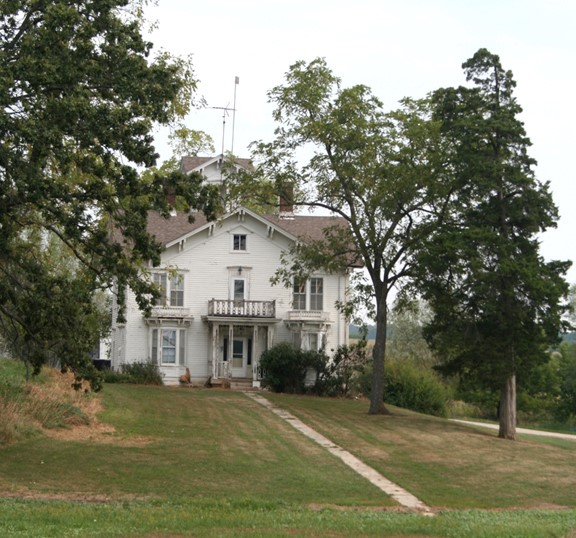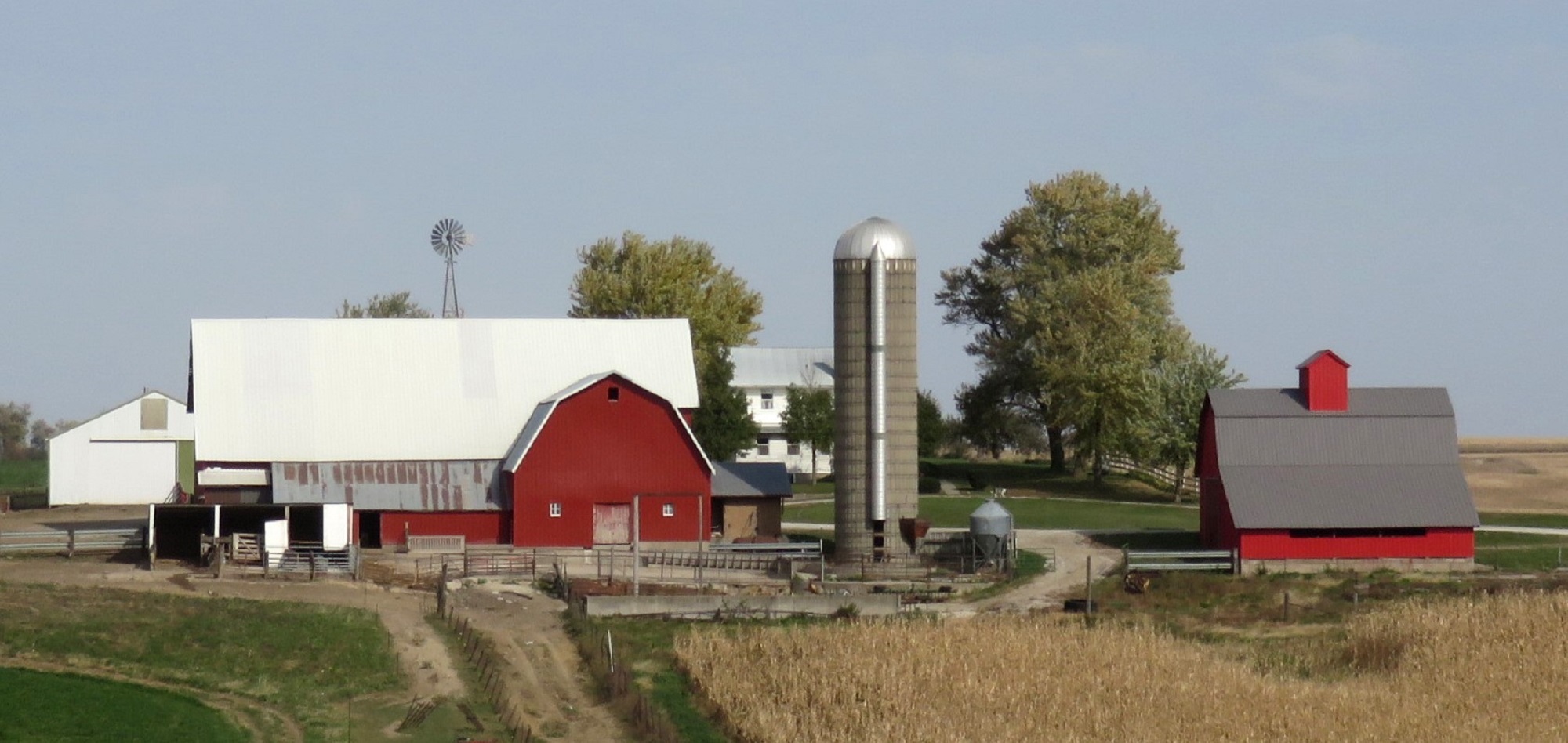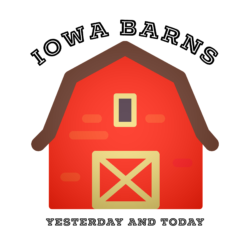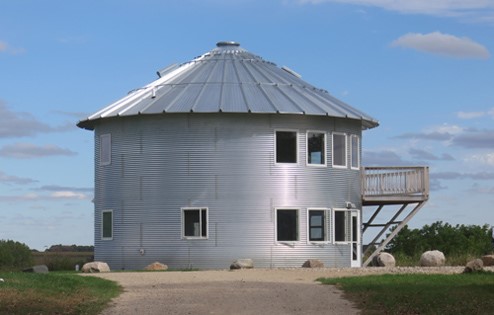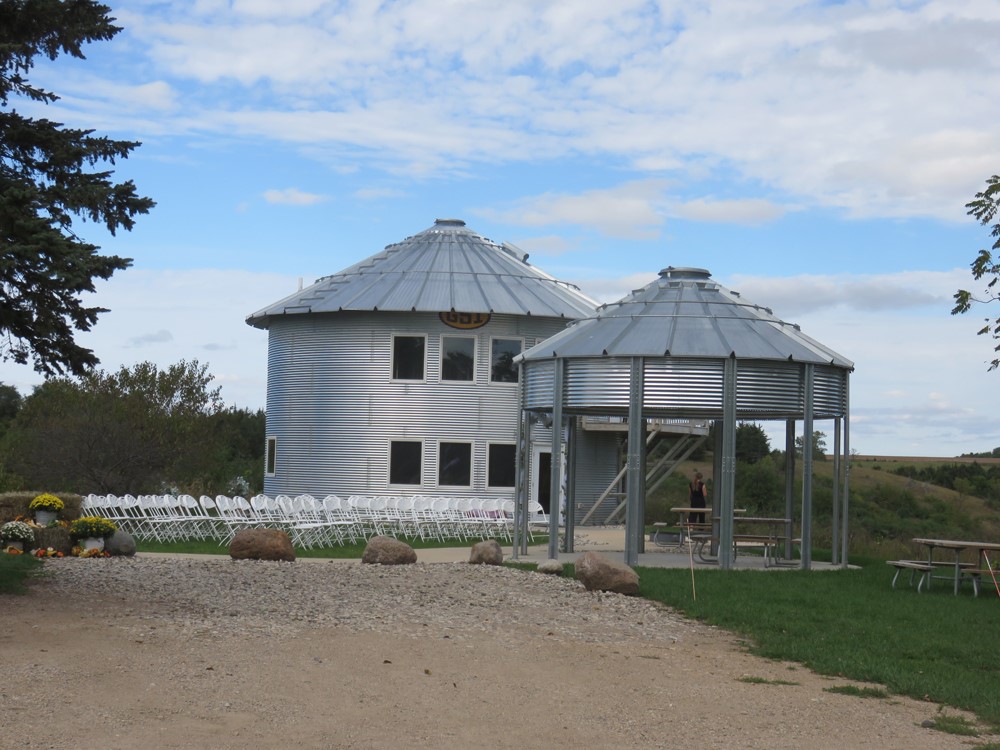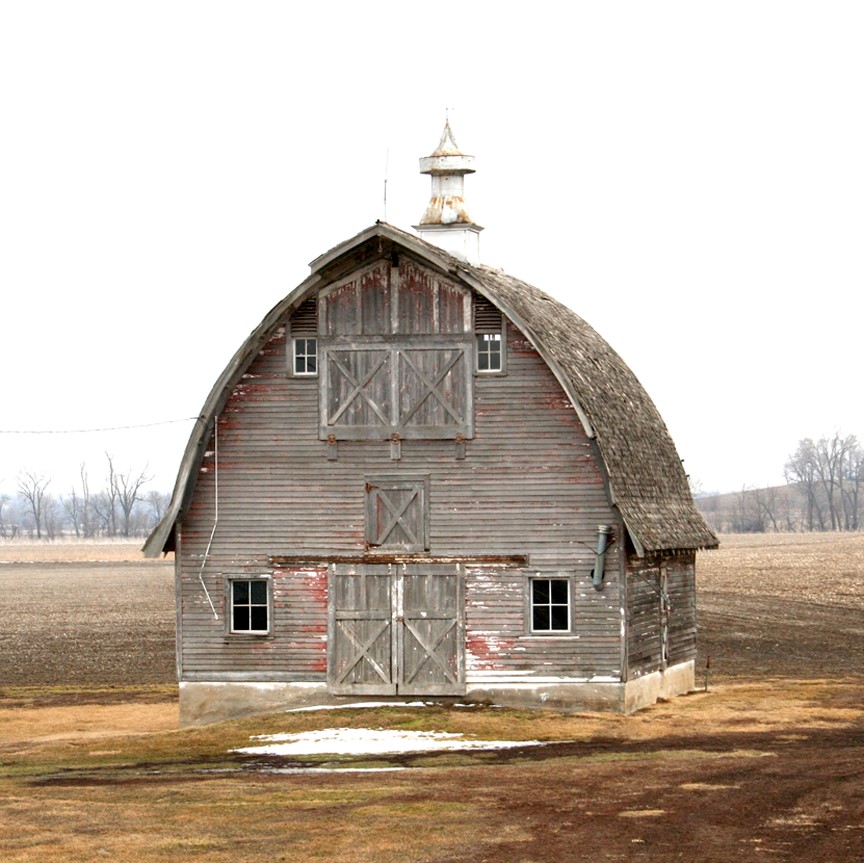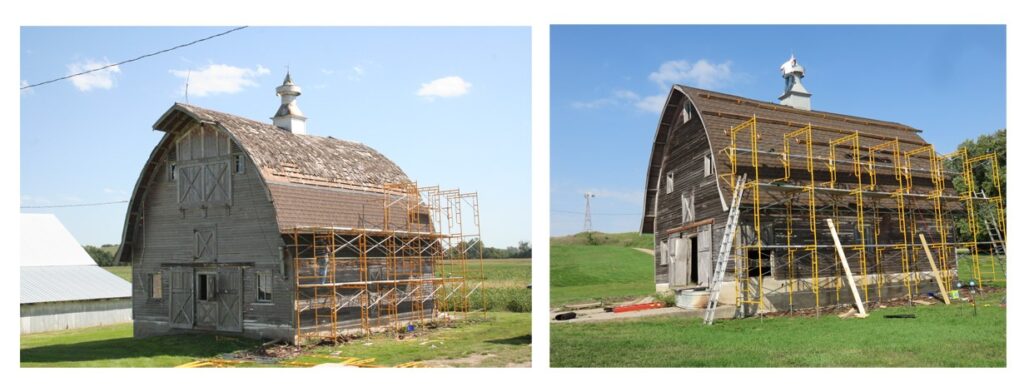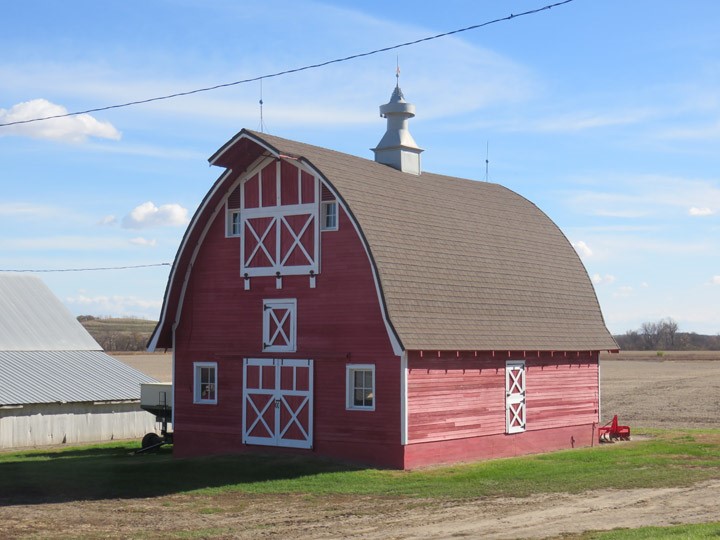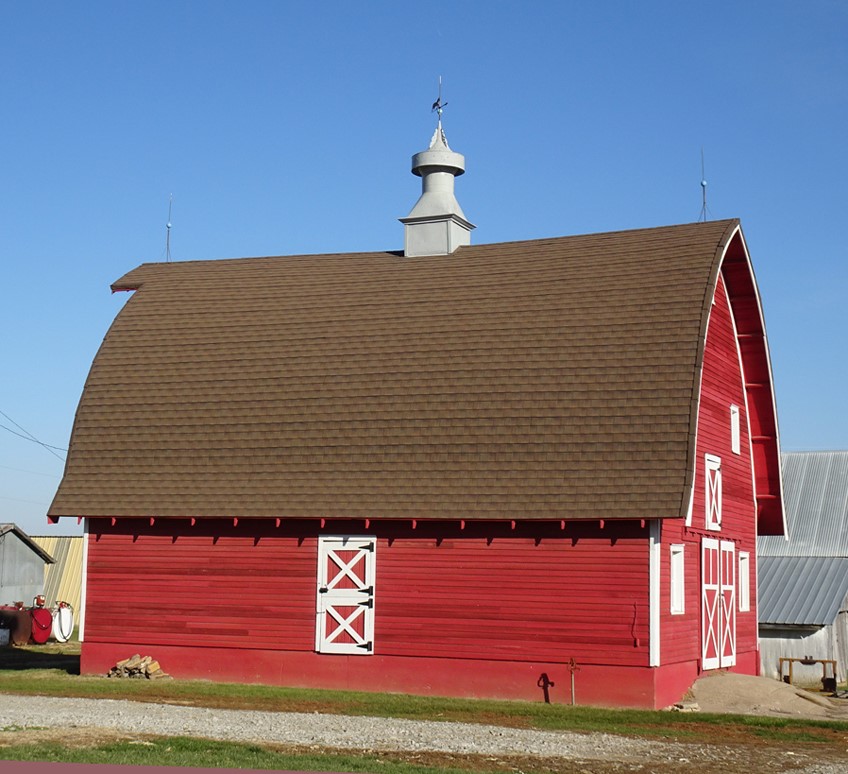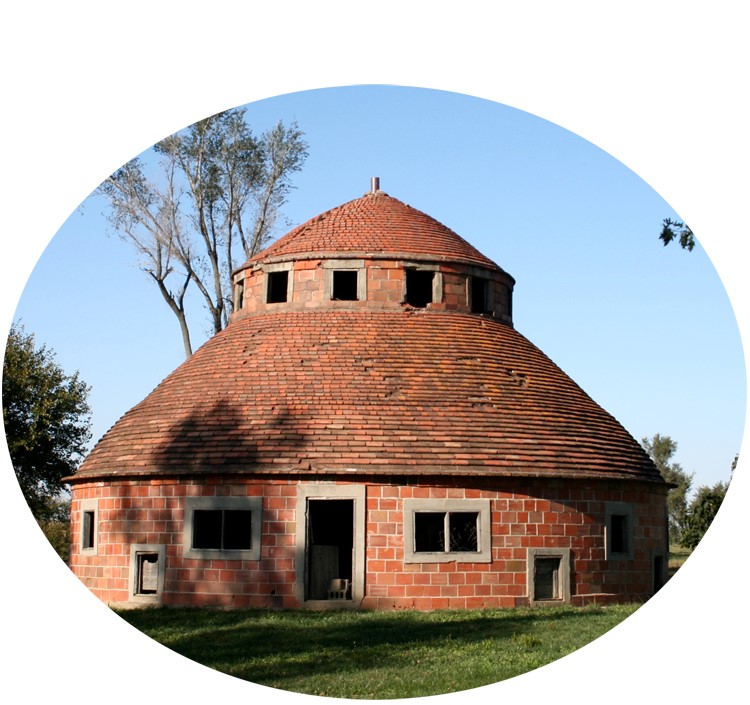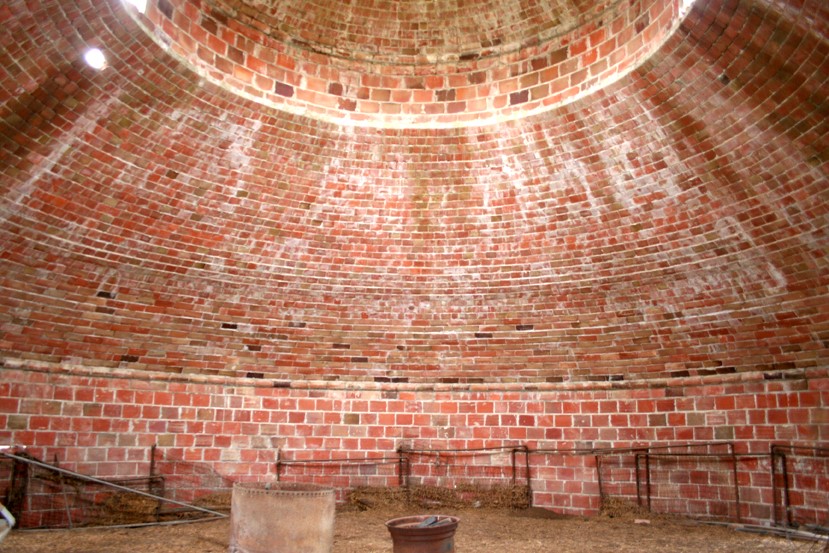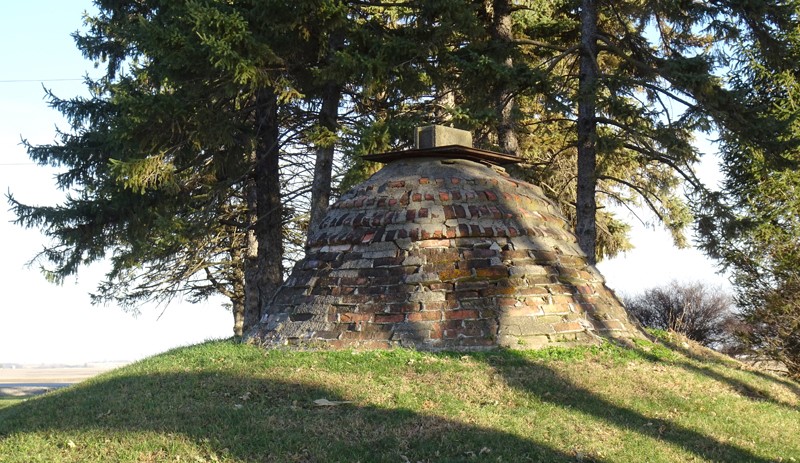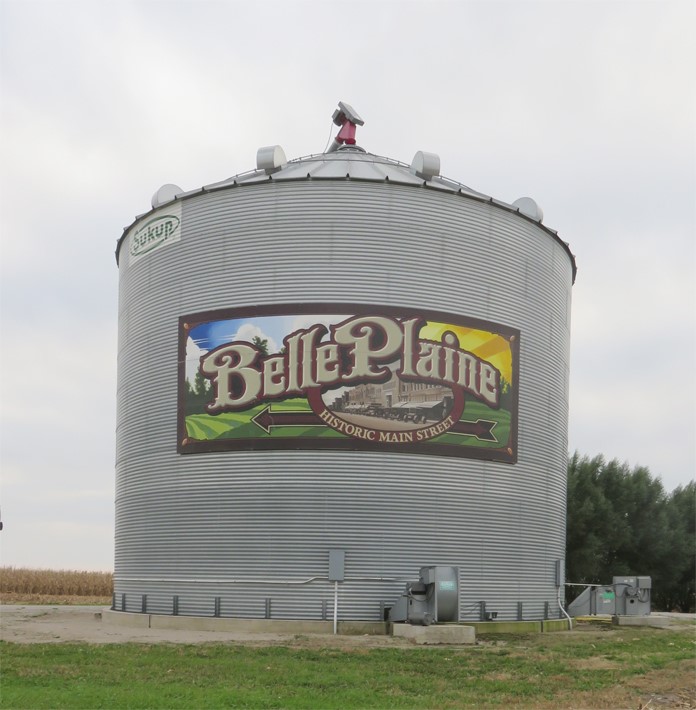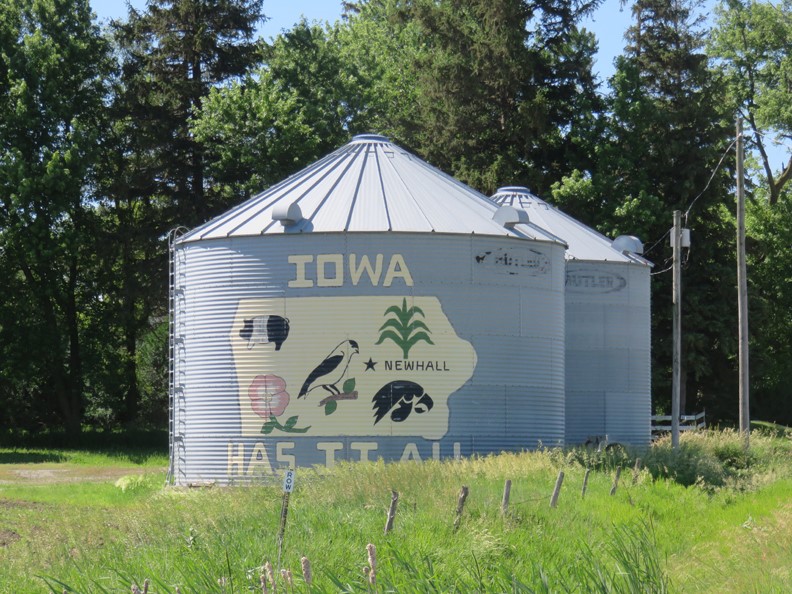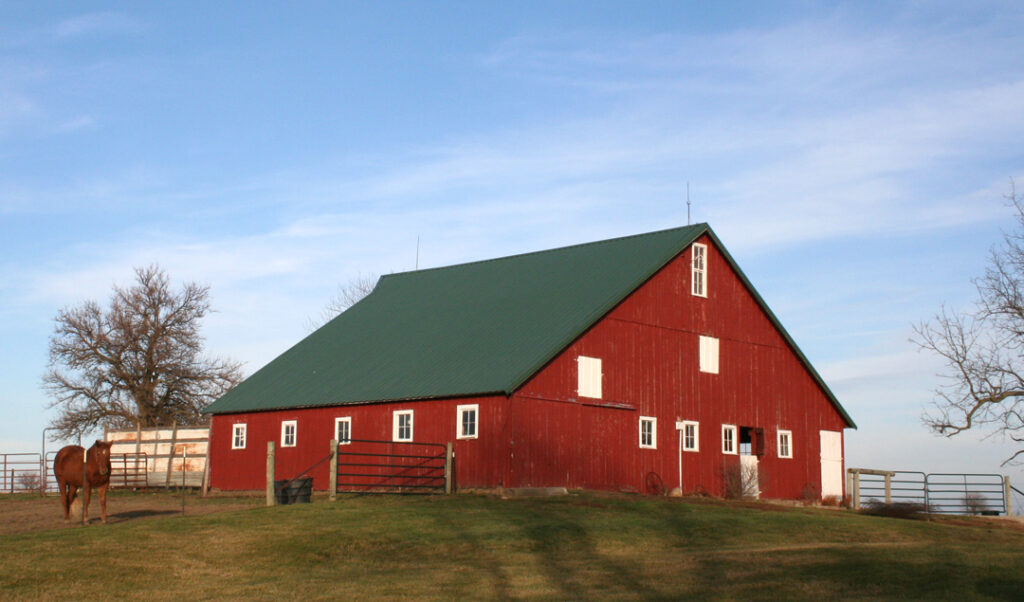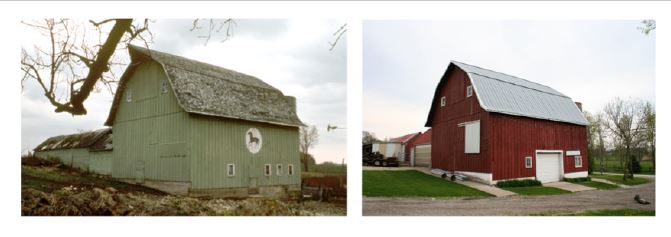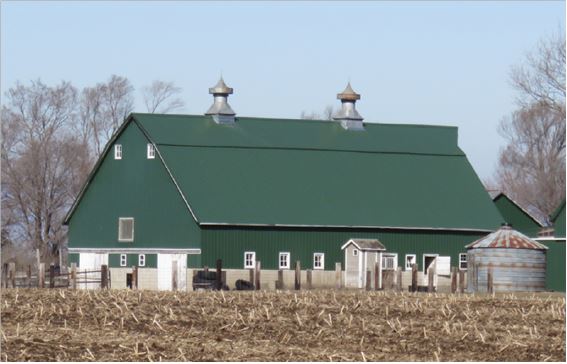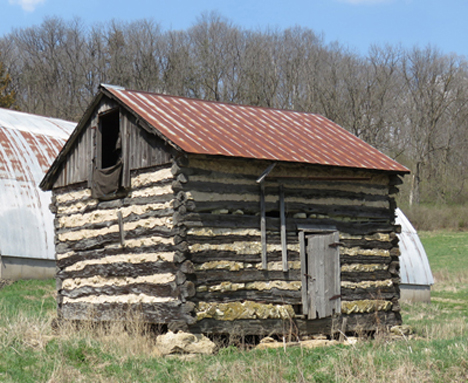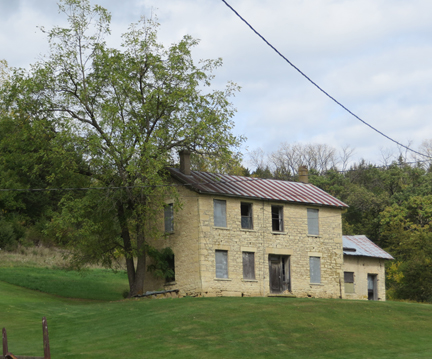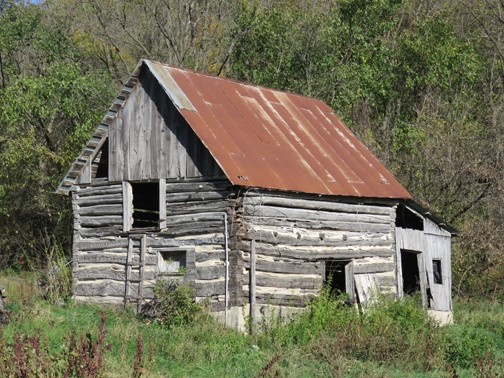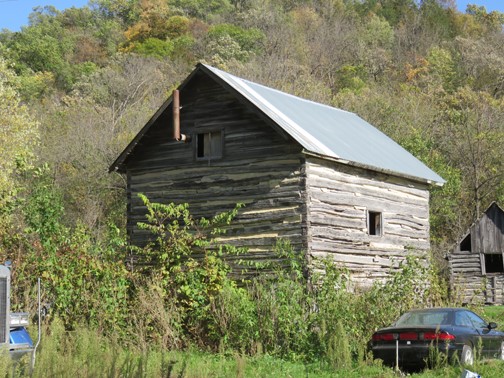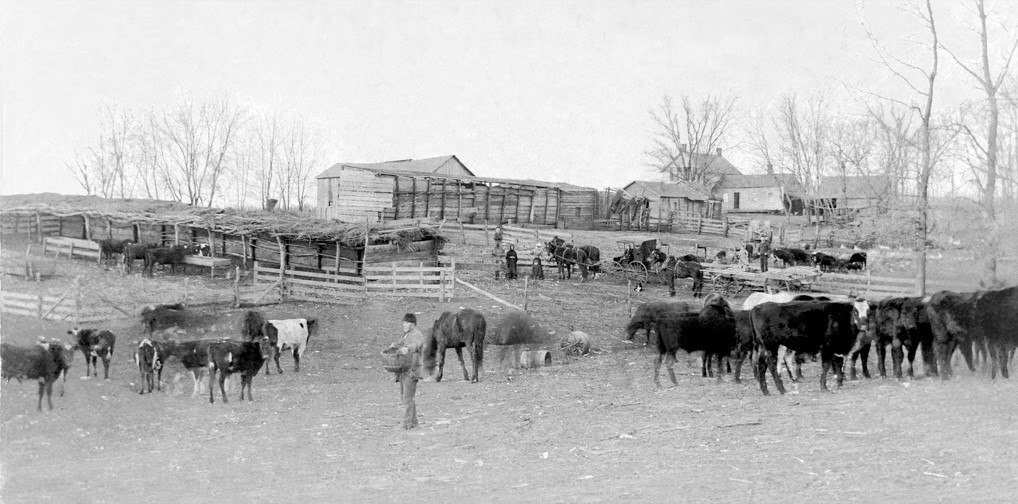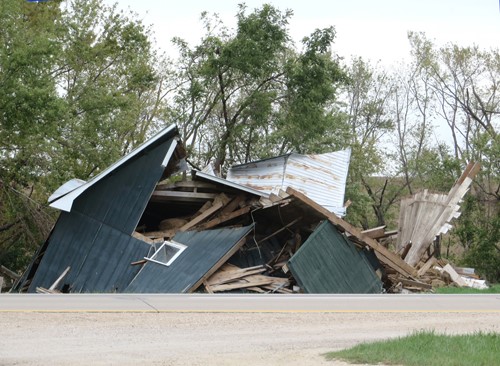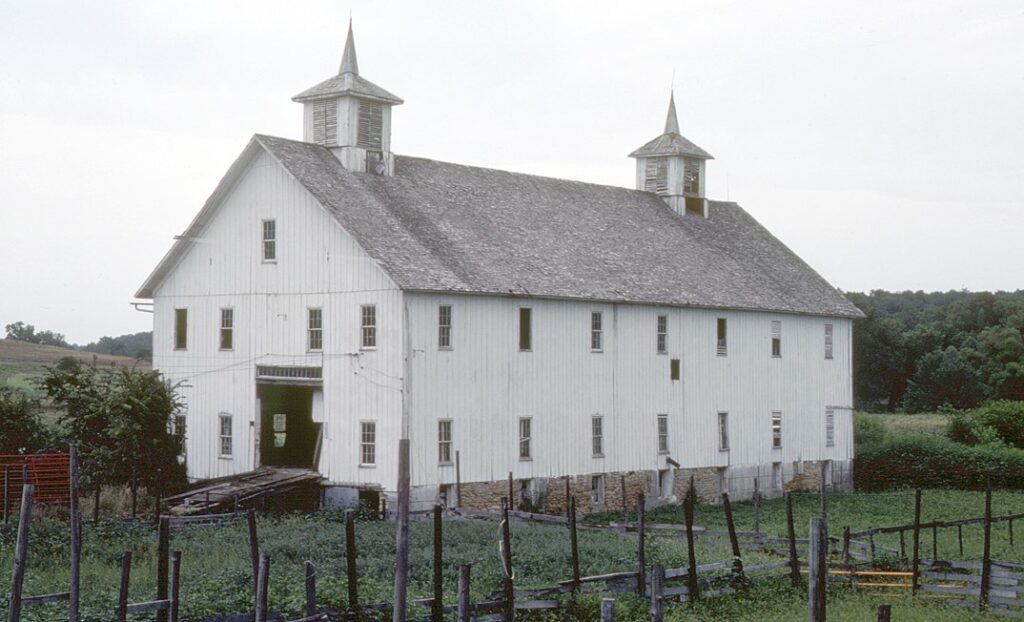
A country church? No, ordinary barns are sometimes extraordinary. This one in Monroe County looked like a country church, although country churches don’t ordinarily have louvered cupolas or two levels of windows. It was big: 110 ft x 45 feet. The horizontal row of windows directly over the large door was unique. A spiral stairway extended from the basement level to the main floor. An alley went the full length of the barn, with hay storage in the loft on both sides and a walkway that enabled passage from one side of the loft to the other.
Forty years ago, when this barn was researched, I found no one who could supply information about its history. It was in fragile condition and appeared to be abandoned when this photo was taken in 1980, and surely has been gone for many years.
Inside is the Painters Record, where there are at least four places painters left their marks at different times. W. E. Tyler left his signature three times and G. B. Tyler twice. Unfortunately many of the names are obscured, especially in the lower half of the record. The bottom line might have been the original name of the owner although it isn’t readable. (1980 photo)
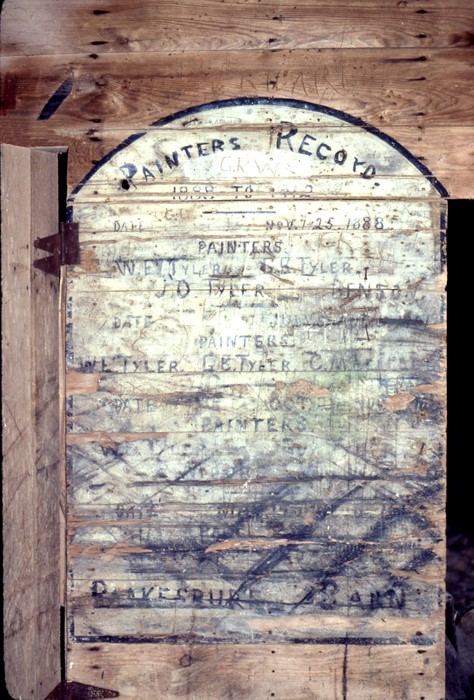
The elegant home has a bell in a tower, obscured by the trees, to call hired men to dinner. It is not known whether the six second-floor bedrooms were used by the family or were available for the hired men. It is still occupied, although not in prime condition. Note the long sidewalk leading from the front door of the house to the barn.
